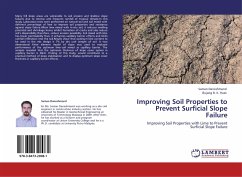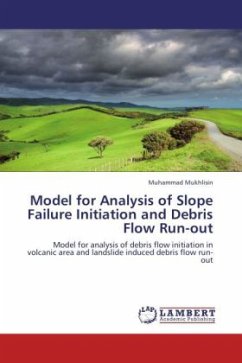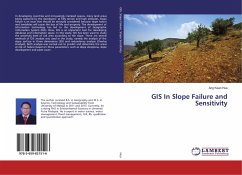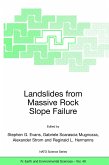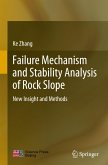Many hill slope areas are vulnerable to soil erosion and shallow slope failures due to intense and frequent rainfall of tropical climate.In this study, Laboratory tests were performed on natural soil and soil mixed with deferent percentage of lime to improve soil properties and resistance against slope failure.When lime mixed with in-situ soil, it reduces swelling potential and shrinkage hence inhibit formation of cracks and also reduce soil s dispersibility therefore, reduce erosion possibility. Soil mixed with lime has lower permeability thus, it enhances capillary barrier effects and limits rainfall infiltration into the soil.Results show that optimum lime content to be used in the mix design is 7% by dry unit weight of soil. A two dimensional finite element model of slope was used to evaluate performance of the optimum lime soil mixed as capillary barrier. The analysis revealed that the optimum thickness of slope cover system in capillary barrier is 30cm. Finding of this study, would contribute to a practical method of slope stabilisation and to display optimum slope cover thickness in capillary barrier effects.

